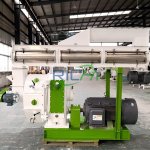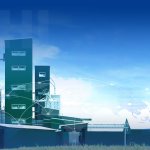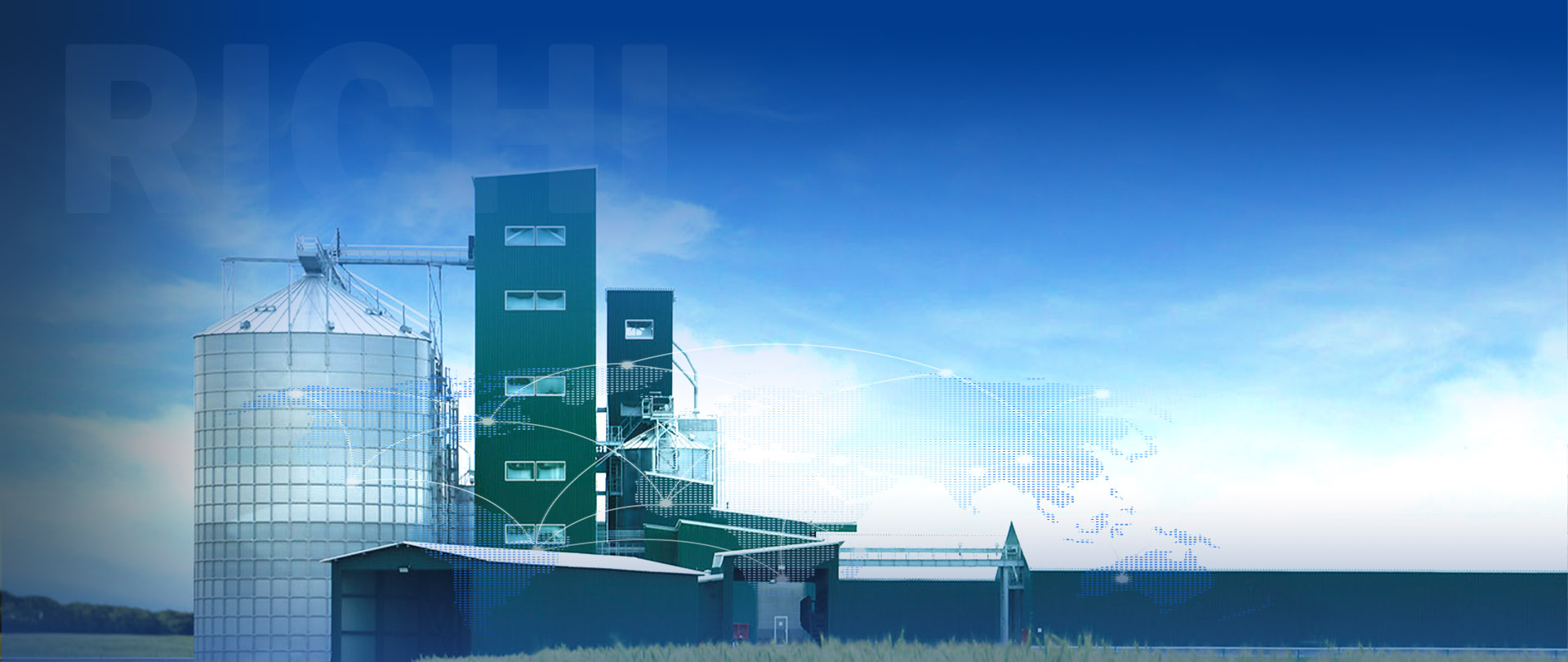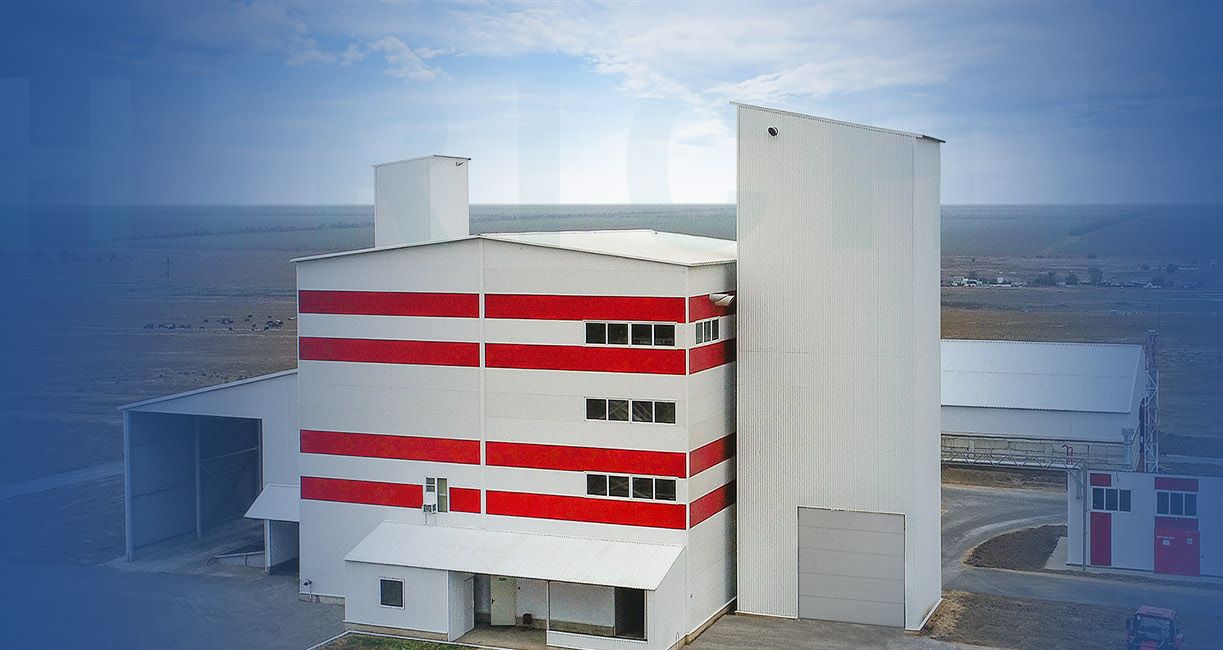Vietnam’s rapidly growing livestock industry has created a significant demand for animal feed, making it an attractive market for feed mill investments. However, the cost of establishing an animal feed mill in Vietnam can vary widely based on several key factors. Understanding these determinants is crucial for investors and entrepreneurs looking to enter this dynamic market. This article explores the primary factors that influence the cost of building and operating an animal feed mill in Vietnam.
1. Production Capacity and Scale
One of the most significant factors affecting the cost is the intended production capacity of the feed mill:
- Small-scale operations (1-5 tons per hour) may cost between $1-3 million.
- Medium-scale plants (5-20 tons per hour) typically range from $3-10 million.
- Large-scale facilities (20+ tons per hour) can exceed $10 million in initial investment.
The scale affects not only equipment costs but also land requirements, utility needs, and operational expenses.
2. Location and Land Acquisition
The choice of location significantly impacts the overall cost:
- Urban Areas: Land in industrial zones near major cities like Ho Chi Minh City or Hanoi can be expensive, often exceeding $100 per square meter.
- Rural Regions: Land in less developed areas may cost as little as $10-30 per square meter.
- Proximity to Ports: Locations near ports for easy import of raw materials may command premium prices.
Additionally, costs for land preparation, including leveling and basic infrastructure development, need to be considered.
3. Technology and Automation Level
The degree of automation and technological sophistication greatly influences costs:
- Basic Technology: Simpler, less automated systems can reduce initial costs but may lead to higher operational expenses.
- Advanced Automation: State-of-the-art automated systems increase upfront costs but can offer long-term savings through efficiency and reduced labor needs.
- Smart Manufacturing: Implementing IoT and data analytics capabilities adds to initial costs but can optimize operations.
4. Equipment Selection
The choice of equipment is a major cost determinant:
- Grinding Equipment: $50,000 – $300,000
- Mixing Systems: $100,000 – $500,000
- Pelleting Lines: $200,000 – $1,000,000
- Packaging Systems: $50,000 – $300,000
- Storage Silos: $100,000 – $500,000
- Material Handling Systems: $150,000 – $750,000
Opting for imported equipment from renowned manufacturers increases costs but often provides better quality and efficiency.
Related post: https://www.pellet-richi.com/feed-production-line/2-5tph-premix-feed-mill-in-vietnam.html
5. Raw Material Storage Capacity
The size and type of storage facilities required affect costs:
- Bulk Storage Silos: Larger storage capacity increases upfront costs but can lead to savings through bulk purchasing.
- Warehouse Facilities: For bagged ingredients and finished products.
- Climate Control: Vietnam’s tropical climate necessitates investment in proper storage conditions to prevent spoilage.
6. Environmental Control and Waste Management
Vietnam’s increasing focus on environmental regulations impacts costs:
- Dust Control Systems: Essential for maintaining air quality and worker safety.
- Wastewater Treatment: Necessary to comply with environmental regulations.
- Odor Control: May be required, especially in more populated areas.
7. Utility Infrastructure
The availability and cost of utilities vary across Vietnam:
- Electricity: Costs for power supply and backup generators.
- Water Supply: Expenses for water access and treatment facilities.
- Natural Gas or Other Fuel Sources: Costs vary depending on location and availability.
8. Labor Costs and Skill Availability
While Vietnam generally offers competitive labor rates, costs vary:
- Skilled Labor: Higher salaries for experienced managers and technicians.
- Training Programs: Investment in training local staff.
- Expatriate Employees: Potentially higher costs for specialized roles.
9. Regulatory Compliance and Licensing
Compliance with Vietnamese regulations incurs various costs:
- Business Licenses: Fees for obtaining necessary operational permits.
- Environmental Compliance: Costs associated with environmental impact assessments and ongoing compliance.
- Quality Certifications: Expenses for obtaining and maintaining certifications like ISO or HACCP.
10. Supply Chain and Logistics
Factors affecting supply chain costs include:
- Proximity to Raw Materials: Transportation costs for importing or sourcing ingredients.
- Distribution Network: Expenses for establishing an efficient distribution system.
- Port Access: Costs associated with import/export facilities if relying on imported raw materials.
11. Market Demand and Competition
Market factors indirectly influence costs:
- Market Research: Investment in understanding local demand and competition.
- Product Development: Costs for developing feed formulations suited to local livestock needs.
- Marketing and Brand Establishment: Expenses for building brand awareness and market share.
12. Financing Costs
The method of financing the project affects overall costs:
- Interest Rates: Costs of borrowing capital in Vietnam or internationally.
- Equity Investment: Potential need to share ownership and profits if seeking investors.
- Government Incentives: Potential cost reductions through investment incentives offered by Vietnamese authorities.
13. Technology Transfer and Intellectual Property
Costs associated with acquiring technology and protecting intellectual property:
- Licensing Fees: For using patented technologies or formulations.
- Technology Transfer Agreements: Costs for acquiring know-how from established feed manufacturers.
- IP Protection: Expenses for patenting and protecting proprietary technologies or formulations in Vietnam.
14. Cultural and Language Considerations
Indirect costs related to operating in Vietnam:
- Translation Services: For documentation and daily operations.
- Cultural Training: For expatriate staff to effectively manage local teams.
- Local Partnerships: Potential costs (or savings) from partnering with local entities.
15. Contingency and Risk Management
Prudent planning requires allocating funds for unforeseen expenses:
- Contingency Budget: Typically 10-15% of the total project cost.
- Insurance Costs: For protecting against various operational risks.
- Legal Consultations: Expenses for navigating Vietnam’s business environment.
Conclusion
The cost of establishing an animal feed production line in Vietnam is influenced by a complex interplay of factors ranging from scale and location to technological choices and regulatory compliance. While Vietnam offers attractive opportunities in the animal feed sector, investors must carefully consider these various cost determinants to develop accurate budgets and feasibility studies.
By thoroughly analyzing these factors and potentially seeking local expertise, investors can make informed decisions that balance initial costs with long-term operational efficiency and market competitiveness. As Vietnam’s livestock industry continues to grow, well-planned investments in feed mill infrastructure have the potential to yield significant returns while contributing to the country’s agricultural development.









